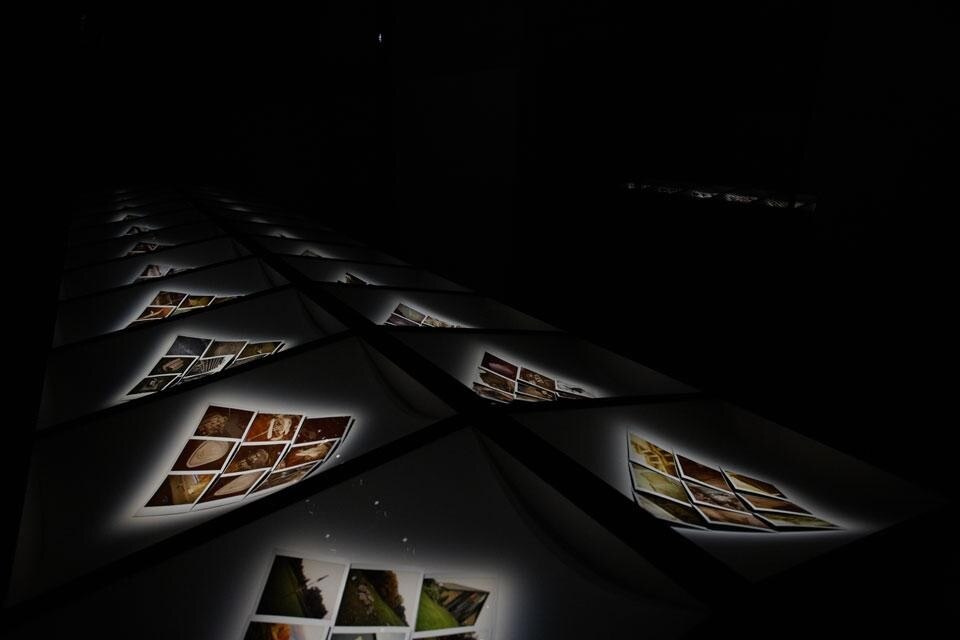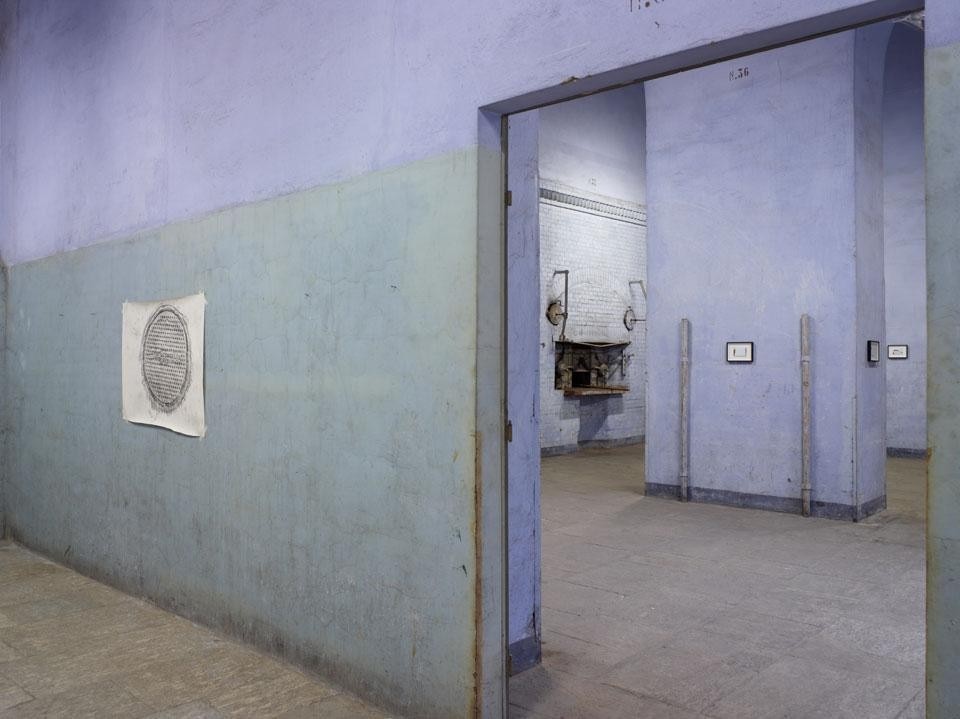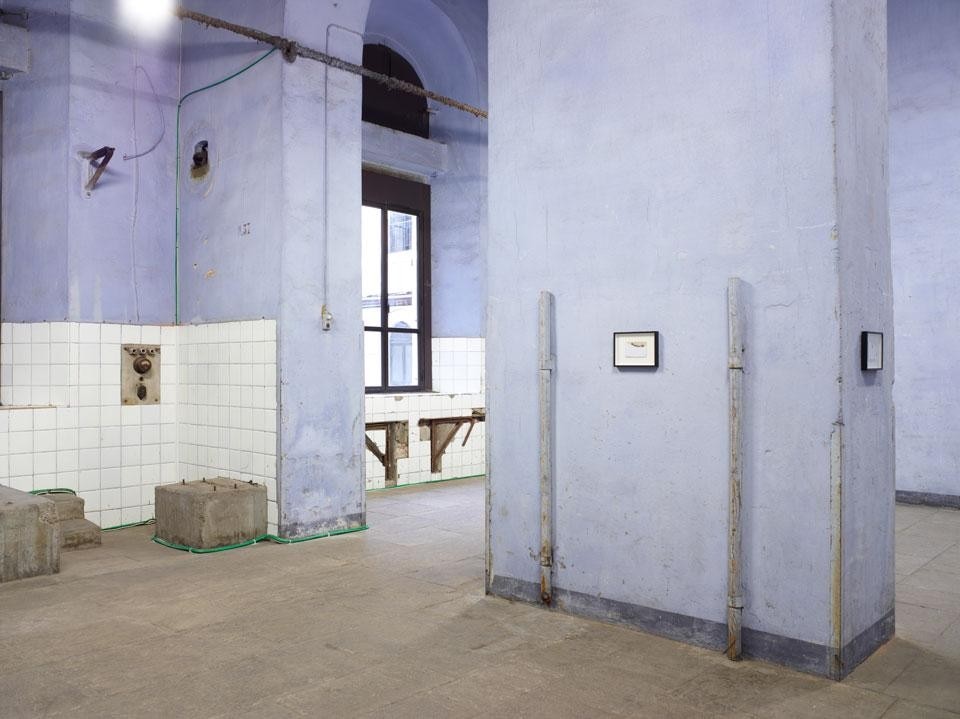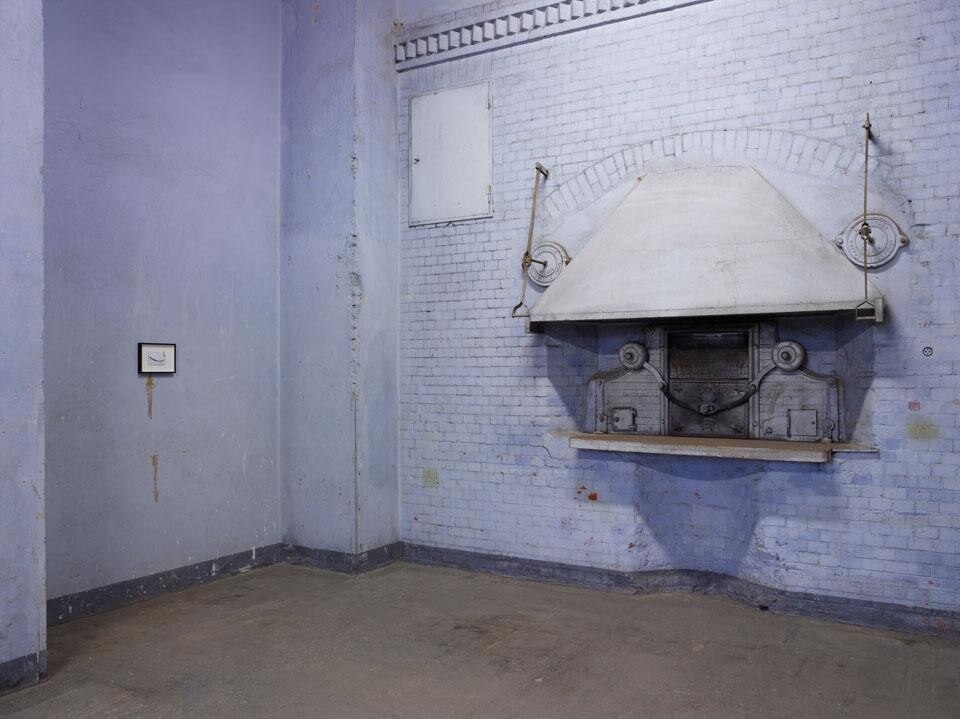Gaillard's research explores the tensions and hardships of our century, which began with the collapse of the Twin Towers and continue to manifest. Industrial archaeology, rundown parts of the city and memories buried beneath the rubble of ideological failure paint a picture of the recent past, impacting on transforming the current one. It is not, therefore, merely a question of time or chronological succession. The past returns in the present through highly inconsistent manifestations of demolition, conservation, preservation and reconstruction. Gaillard's work helps us trace a map of the present that incorporates a form of "expanded vandalism": from the most obviously anti-institutional experiments to those of dubious appeal dictated from above by urban regeneration and reorganisation policies.
The Paris-born artist attempts the approach of balancing contrasts, partly conveyed by the use of certain media of immediate visual impact such as 35 mm projectors, Polaroids and black and white prints, media that often veer towards a "musealisation" of history such as the monumental glass tables containing the Geographical Analogies (2006-2011) Polaroid collages presented as iconic archaeological finds.
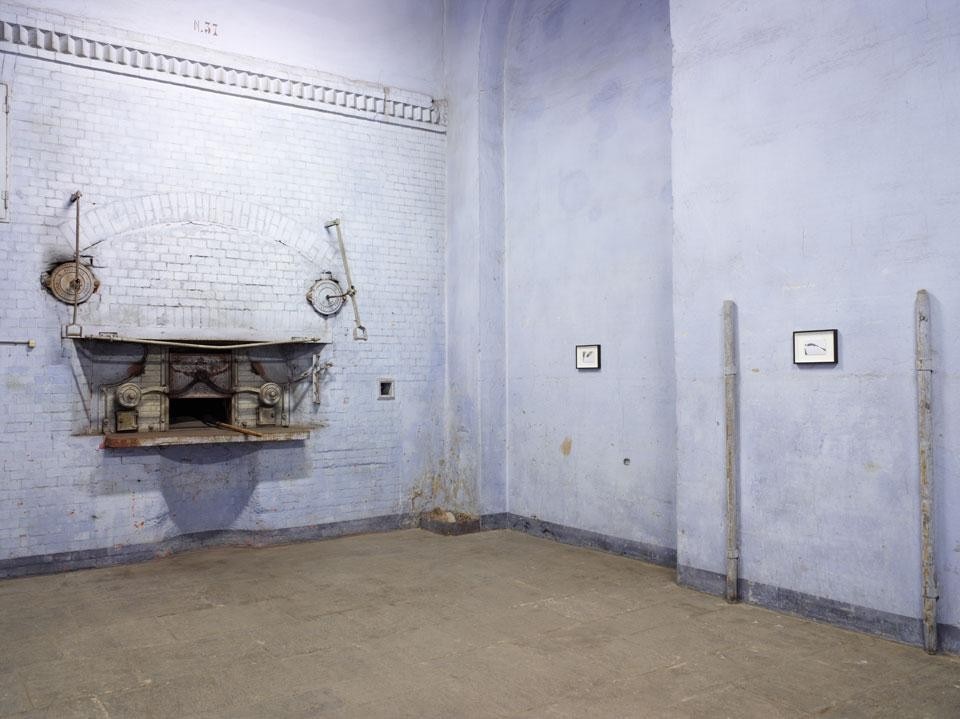
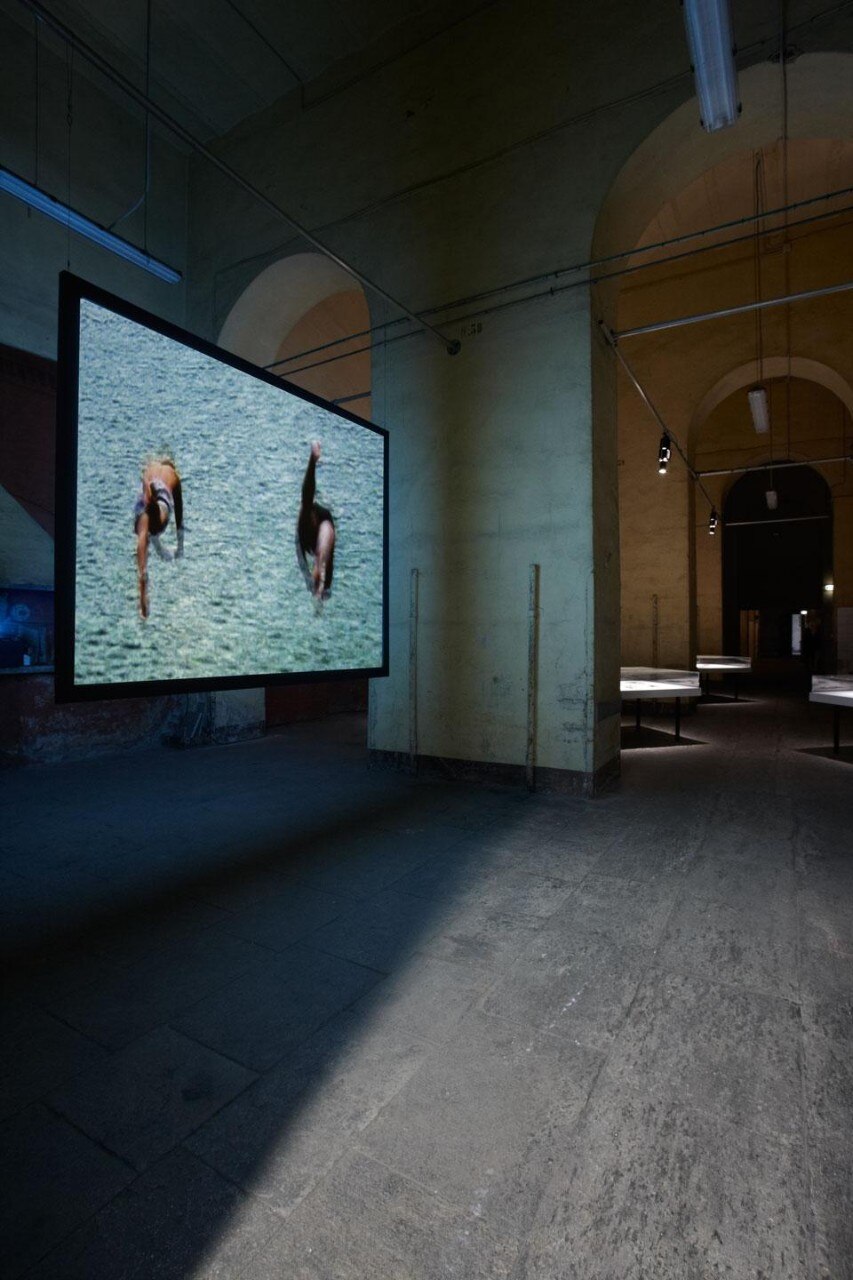
This is the moment of entropy to which both Robert Smithson and much postmodern literature from as early as Thomas Pynchon resorted to convey a form of unstoppable evolution and also to serve the purpose of reconsidering the semantic worth of certain terms such as scrap, ruins, archaeological remains and abandoned, worn-out places.
Although, in one sense, the violence in Cyprien Gaillard's images embodies a strongly romantic component drawn from much 19th-century painting, in another, they also reveal their inevitability, as in the even more enigmatic case of The Lake Arches, a "portrait with ruins" in which two young men are filmed as they dive into the water of an artificial lake that soon proves a trap with a hard bottom and shallow water, and from which one emerges with a bloody nose.
But this is why I think we love ruins so much, because they tell us we survive, we made it, you know? They are decaying but we survive. Like, I'm here and that's great, and that's what a lot of modern buildings don't tell us. They don't tell us where we are. — Cyprien Gaillard, from an interview with Susanne Pfeffer
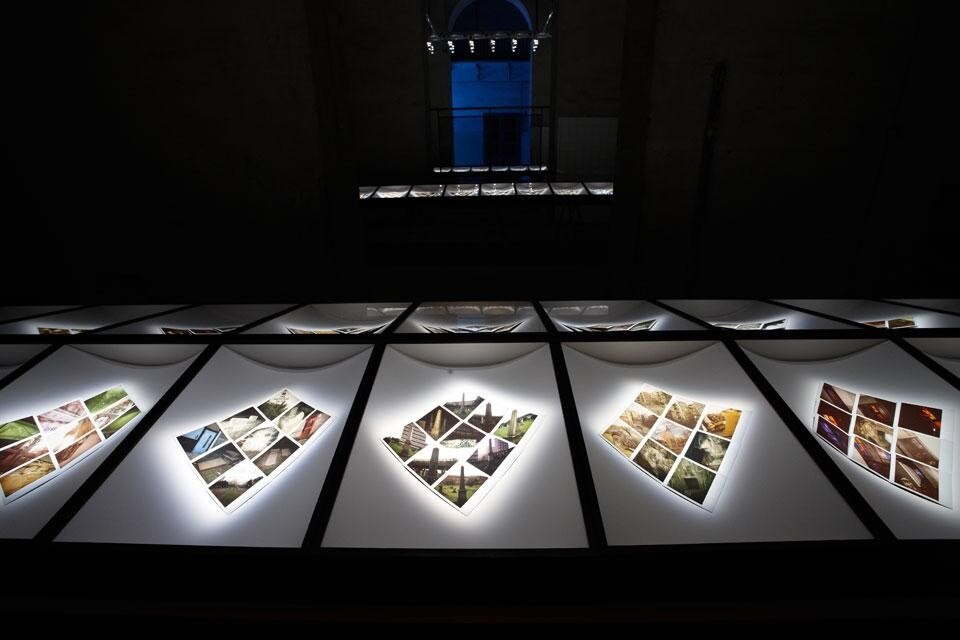
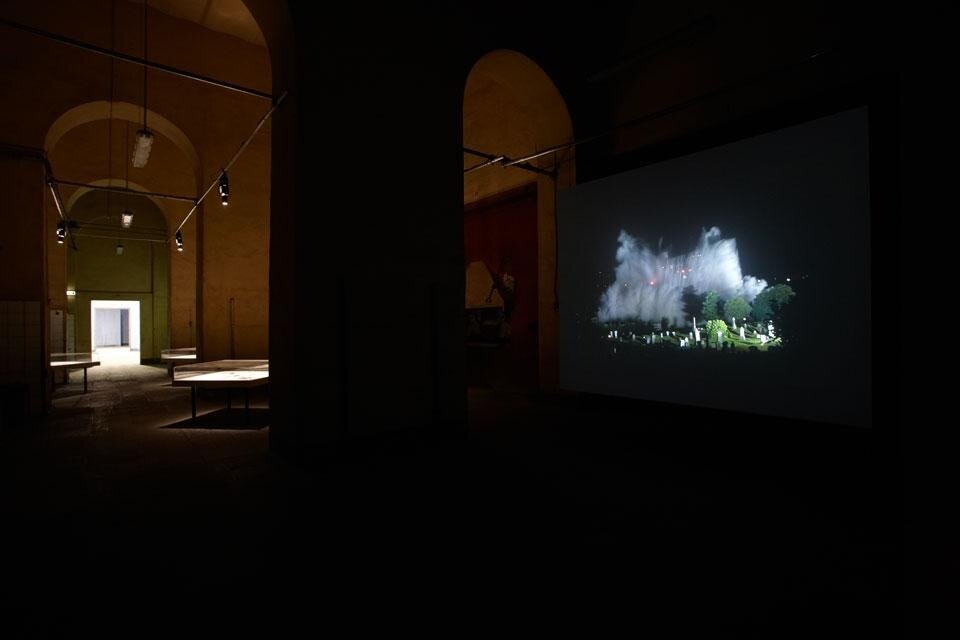
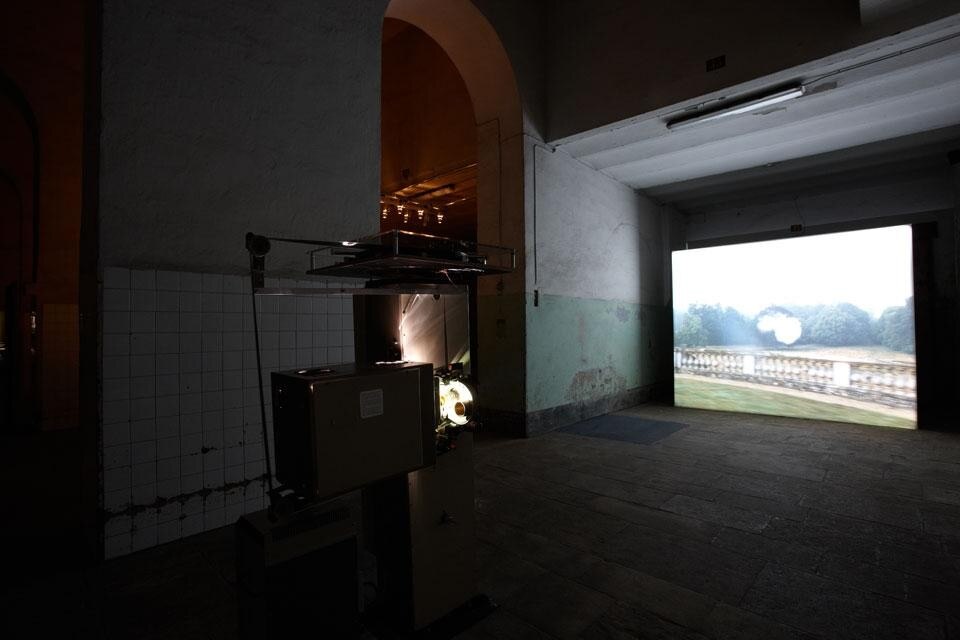
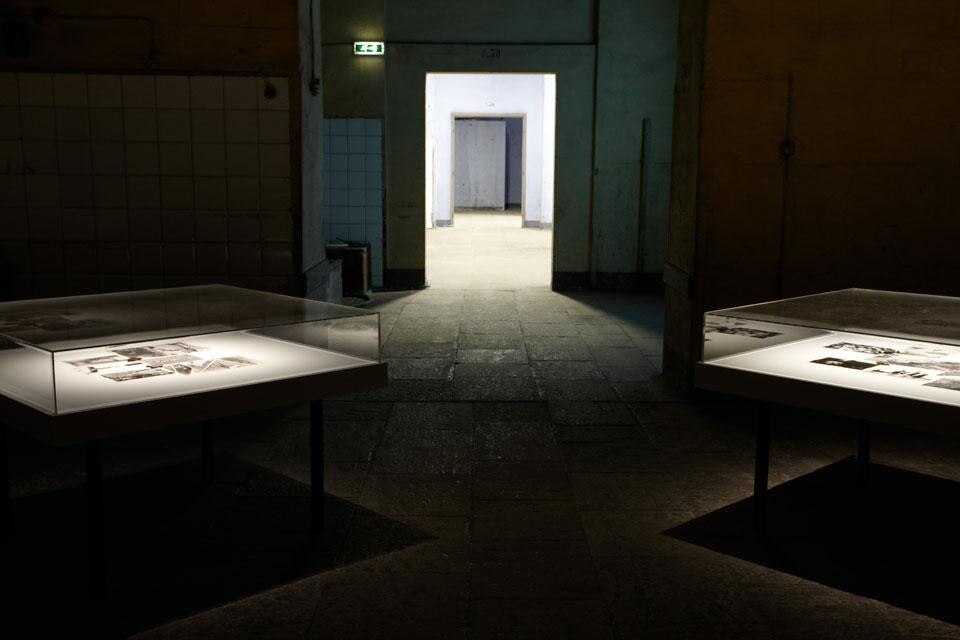
Cyprien Gaillard: Rubble and Revelation
Curated by Massimiliano Gioni
Fondazione Trussardi. Ex Caserma XXVI Maggio
via Vincenzo Monti 59, Milan
